- Category
- Latest news
Russia Builds Cruise Missiles by the Hundreds. Why Is It Launching So Few?
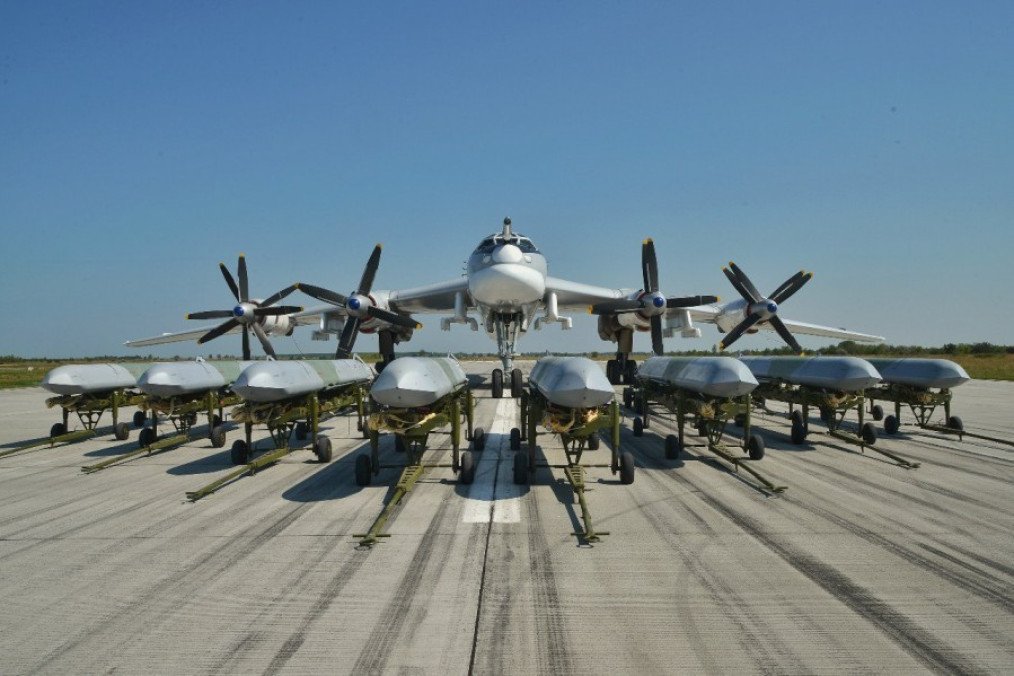
Russia’s use of cruise missiles to strike Ukraine no longer aligns with estimates of its production—and is increasingly difficult to explain even by stockpiling, according to Ukrainian defense media Defense Express reported on May 26.
Russia launched 64 cruise missiles over the two-night period. These strikes involved not only traditional delivery systems but also rare deployments of Tu-160 strategic bombers—a platform used only twice in the last two years: on November 17, 2024, and May 18, 2023.
According to Ukraine’s Air Force Command, 55 cruise missiles of various types were launched on the first night, of which 45 were intercepted. On the second night, another 9 Kh-101 cruise missiles were fired from Tu-95MS strategic bombers.
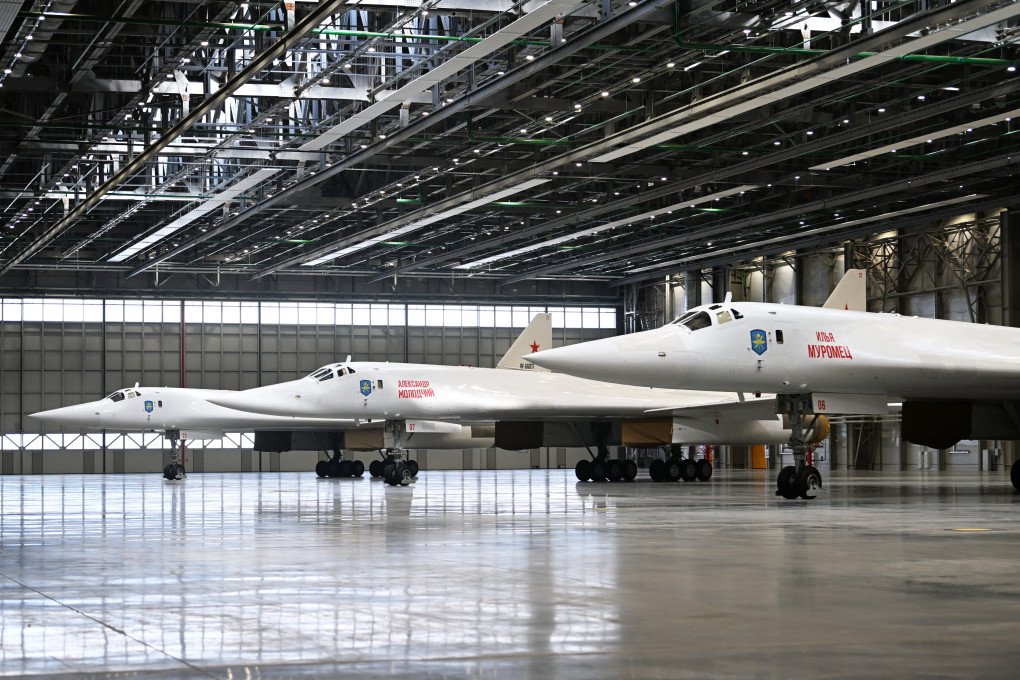
These coordinated strikes on May 25–26 were the only such attacks this month. The last comparable offensive occurred on the night of April 24. This indicates that Russia likely stockpiled cruise missiles in anticipation. Despite that, it managed to launch only 64 missiles, even while relying on scarce Tu-160s.
So far in 2025, Russia has conducted just five combined long-range attacks involving cruise missiles in conjunction with other weapons systems: January 15, February 25, March 7, April 24, and May 25–26.
Across these offensives, Russia used a total of 191 cruise missiles from air-, sea-, and ground-based platforms—not counting other missile types.
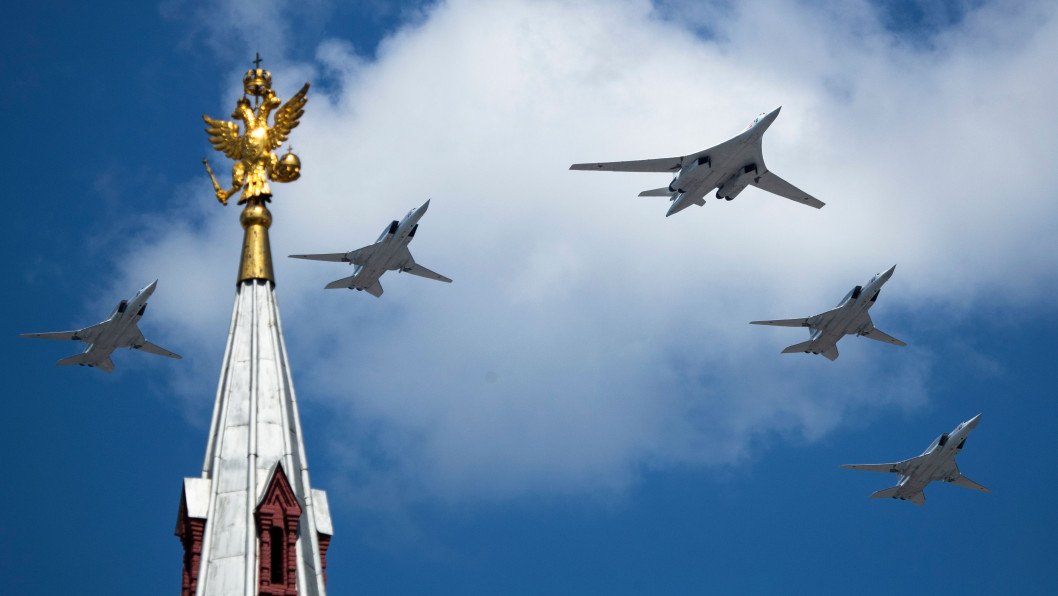
According to Ukraine’s Defense Intelligence Directorate, Russia is currently producing around 150 long-range missiles of various types each month.
Plans also indicate an annual production target of 633 air-launched Kh-101 cruise missiles in 2025—roughly 53 per month. Additional quantities of Kalibrs and R-500s for the Iskander-M system may also be in the mix if counting only cruise missiles.
But actual missile usage does not align with estimated production. This discrepancy could suggest deliberate stockpiling or overestimated Russian production capacity.
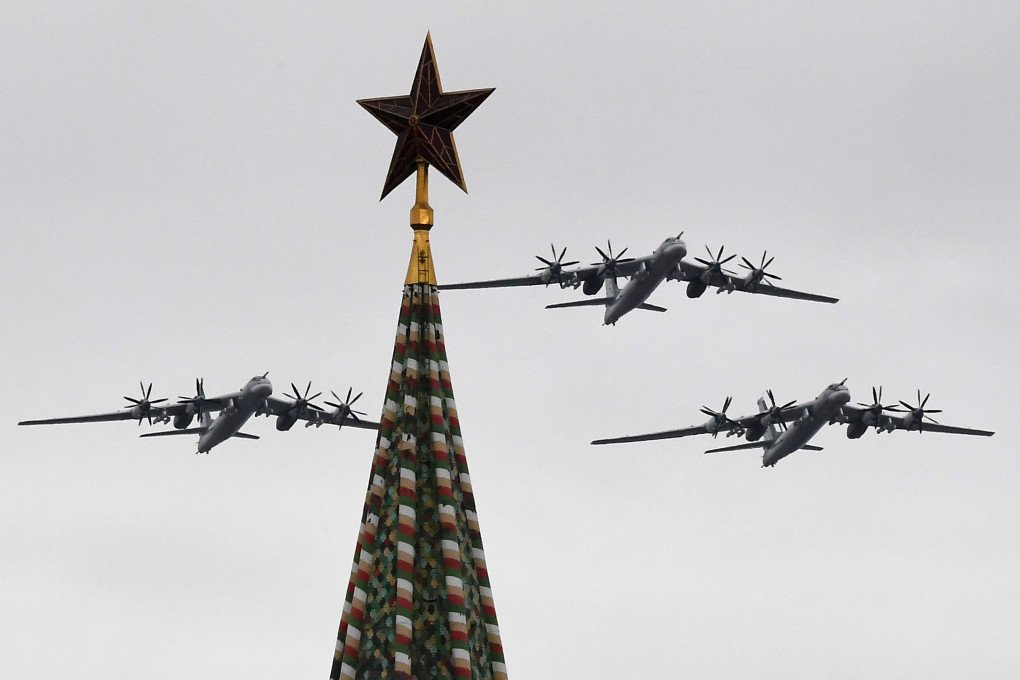
Regardless, the May 25–26 missile strike—likely intended as a show of strength in response to Ukrainian drone attacks—did not live up to expectations.
Even within the context of strategic reserves, the number of missiles used was unexpectedly low. Since the beginning of 2025, the highest number of cruise missiles launched over two consecutive days has remained capped at 64.
One possible explanation is a shortage of available launch platforms and the logistical difficulty of coordinating such complex attacks.
-5419bf19b6189702ce15b2c1f02484ed.jpg)
Russia’s naval Kalibr launches are constrained by the high risk of deploying surface ships and the limited operational readiness of submarines, which are reportedly difficult to repair.
In the air domain, Russia has long struggled with maintaining its aging Tu-95MS bombers, often launching only 1–3 Kh-555 or Kh-101 missiles per sortie instead of 6–8.
The March 20 Ukrainian strike on the Engels airbase likely disrupted infrastructure critical to preparing cruise missiles for launch. Moreover, Russia has moved many of its bombers to more distant airbases like Olenya and Belaya, further depleting their operational lifespan due to extended flight time.
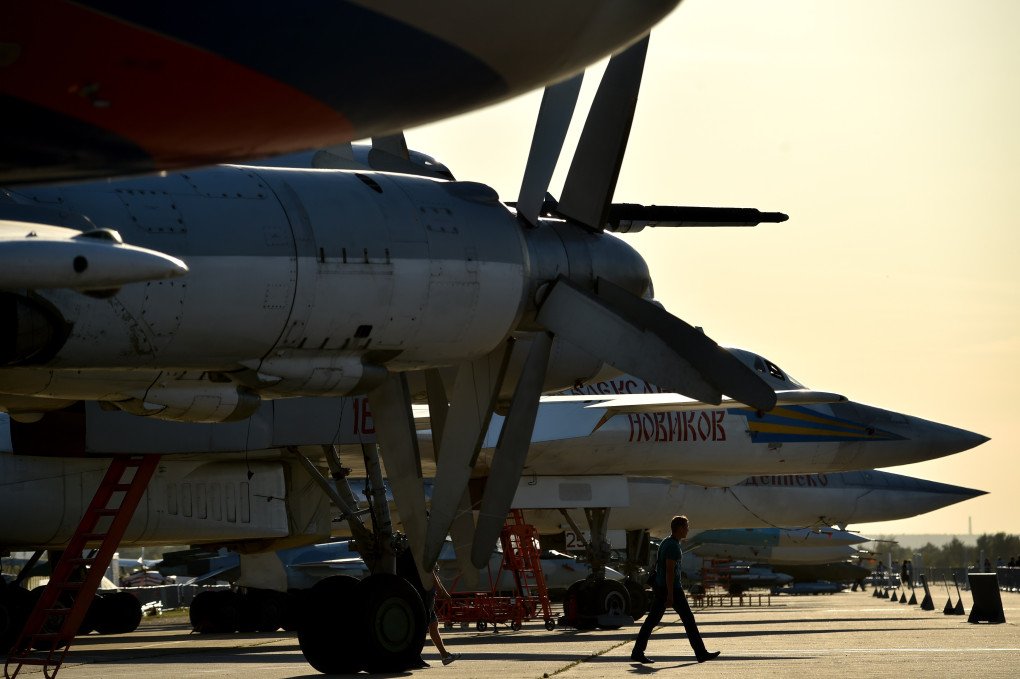
Additionally, questions remain about the actual number of operational Tu-95MS and Tu-160 bombers. While Russia is believed to have about 40–50 Tu-95MS aircraft on paper, not all are flight-ready.
Of the 13 to 18 known Tu-160s, six are currently undergoing repair or modernization. That suggests one-third to half of Russia’s Tu-160 fleet is grounded, with others likely awaiting maintenance or in non-operational condition.
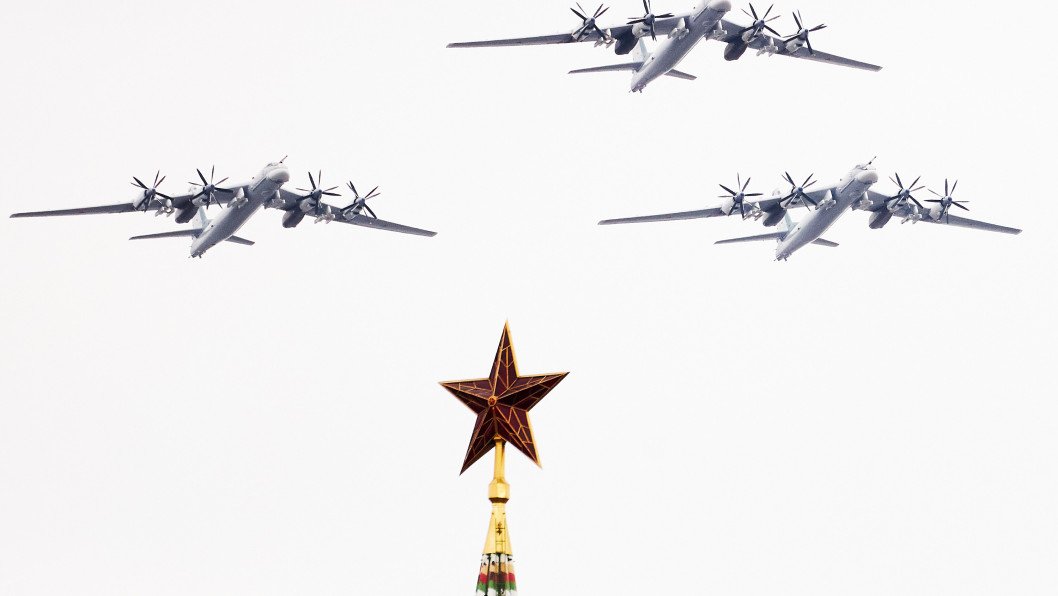
If similar issues affect the Tu-95MS fleet, Russia may have far fewer strategic bombers available for actual combat missions than previously assumed—possibly fewer than 20.
Ultimately, Russia’s limited number of missile-carrying aircraft and the complexity of coordinating cruise missile strikes may now pose a greater constraint than missile production itself.
Earlier, Ukrainian forces successfully destroyed a Russian Tu-22M3 long-range strategic bomber, valued at approximately $100 million, using a drone.
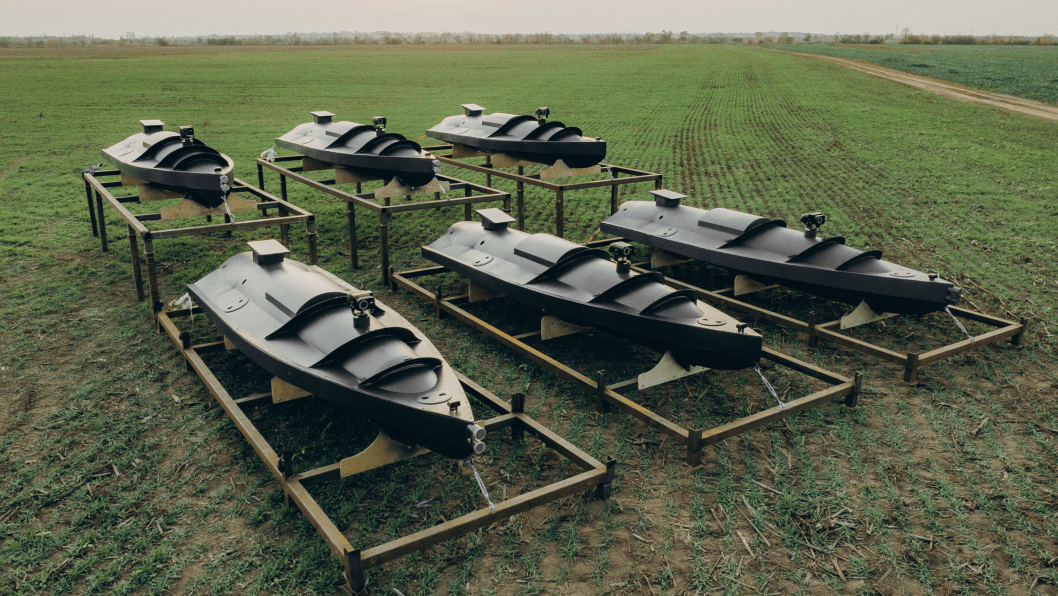

-ce9a134791207c81306f56ab3d75ffb6.jpg)
-72b63a4e0c8c475ad81fe3eed3f63729.jpeg)
-45ed3be17a7bb74903649ed9258196f8.jpg)

